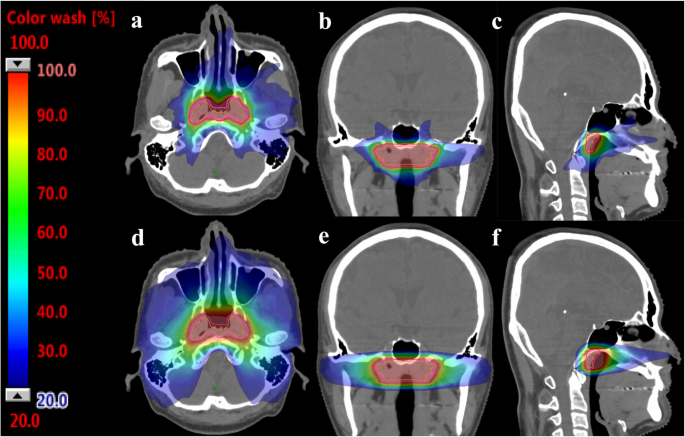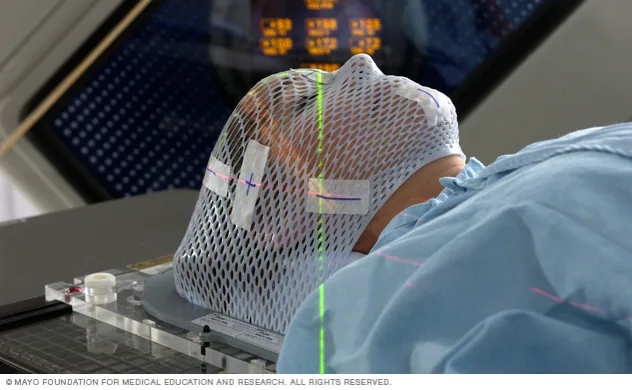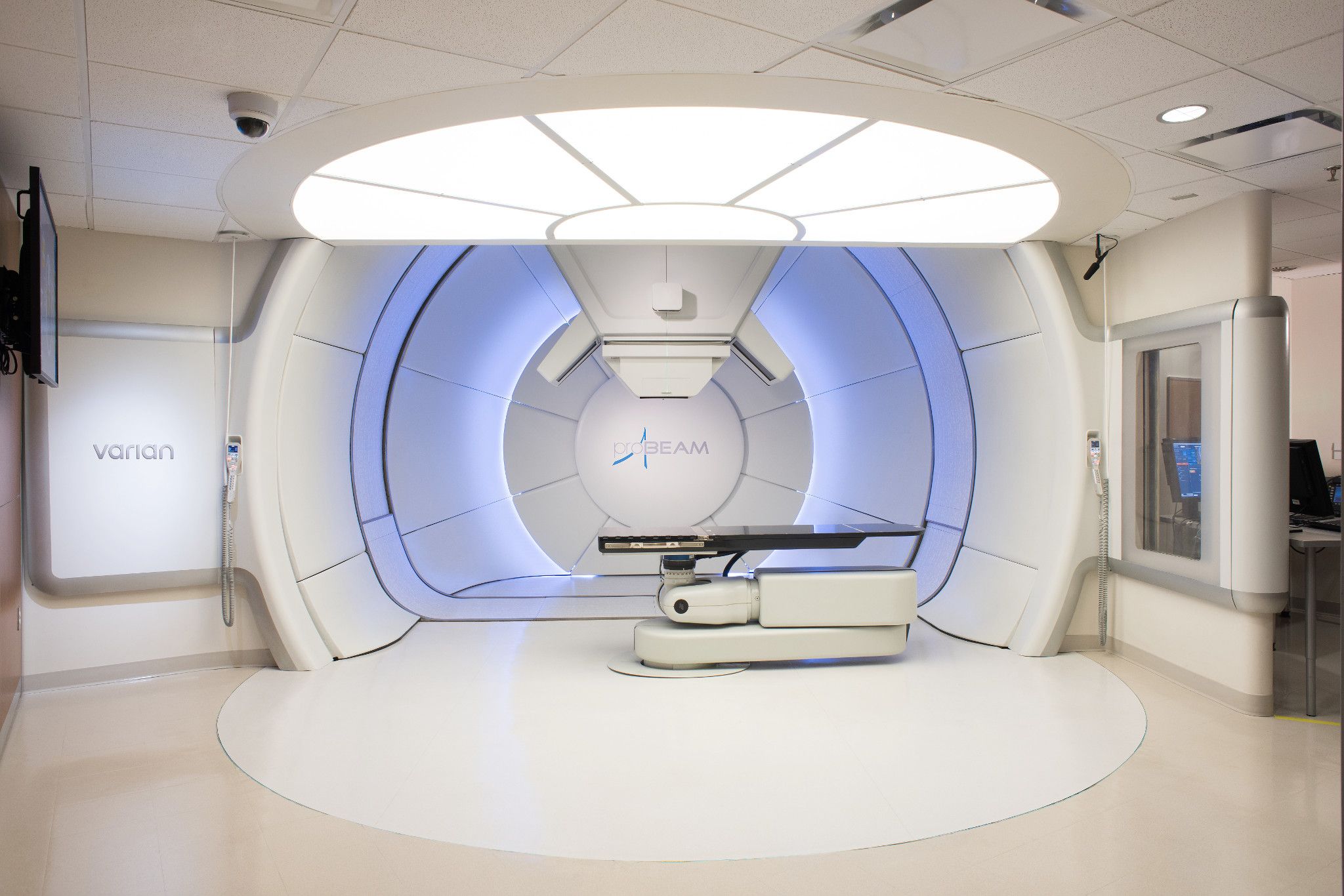In head and neck cancer, radiotherapy is a key treatment modality used to target and destroy cancer cells. It can be applied as a primary treatment or in combination with surgery and/or chemotherapy. It is particularly valuable for advanced cases, reducing the risk of local recurrence and improving overall survival. Precise radiation delivery helps minimize damage to surrounding healthy tissues, making it an essential component of a multidisciplinary approach to head and neck cancer treatment. Proton therapy can further minimize normal tissue toxicities in certain cases.
Radiotherapy is a commonly used treatment for head and neck cancers, which include cancers that arise in the oral cavity, throat, larynx (voice box), nose, sinuses, and salivary glands. The goal of radiotherapy in head and neck cancer is to target and destroy cancer cells while minimizing damage to nearby healthy tissues.
Find out more about radiotherapy techniques in nasopharyngeal cancers.
Find out about options for locally recurrent nasopharyngeal carcinoma.
Find out more about Human Papilloma Virus related oral cancers.
- Indications for Radiotherapy:
- Radiotherapy may be used as the primary treatment for head and neck cancers, especially when surgery is not feasible or would result in significant functional or cosmetic impairment.
- It can be employed before surgery (neoadjuvant therapy) to shrink tumors, making them more manageable for surgical removal.
- Radiotherapy may also be used after surgery (adjuvant therapy) to eliminate any remaining cancer cells and reduce the risk of recurrence.
- For cancers such as nasopharyngeal carcinoma and HPV-related oropharyngeal cancers, radiotherapy is very effective and often used alone or with chemotherapy as the primary treatment tool.
- Combination with Other Treatments:
- Often, radiotherapy is used in combination with other treatments, such as surgery, chemotherapy, or both. This approach, known as multimodal therapy, is designed to improve treatment outcomes by addressing cancer in different ways.
Here are some key points about radiotherapy for head and neck cancer:
- Types of Radiotherapy:
- External Beam Radiotherapy (EBRT): This is the most common type of radiotherapy for head and neck cancer. It involves directing radiation from outside the body toward the cancerous tumor. The patient typically lies on a treatment table, and a machine delivers the radiation precisely to the targeted area. This can be delivered with x-ray (IMRT, VMAT) or proton beam therapy.
- EBRT can be given with x-ray (photons) or proton therapy. In Singapore, proton beam therapy can be used for head and neck cancers (nasopharyngeal carcinoma, paranasal sinus cancers, or unresectable head and neck cancers).
- Treatment Planning:
- Before starting radiotherapy, a detailed treatment plan is developed. This includes imaging studies, such as MRI scans, to precisely locate the tumor and determine the optimal angles for radiation delivery.
- During simulation, you will have to make a customised shell for accurate treatment delivery. This process is not invasive and not painful.
- Sessions and Duration:
- Radiotherapy is usually administered in multiple sessions, referred to as fractions. The total number of sessions and the overall duration of treatment depend on factors such as the type and stage of head and neck cancer.
- Treatments are typically given daily over several weeks, allowing healthy cells to recover between sessions.
- For conventionally fractionated EBRT ( 3D, IMRT, VMAT or proton beam), treatments range from 20# to 35# ( 4 to 7 weeks).
- Side Effects:
- Radiotherapy may cause side effects, and these can vary from person to person.
- Acute side effects for cancer radiotherapy include fatigue, skin changes, mouth ulcers and taste changes.
- Most acute side effects are temporary and can be managed with supportive care.
- Long term side effects are dependent individuals and area of irradiation. Common side effects which may occur are stiffness of muscles, dry mouth, hypothyroidism and skin dryness. Uncommon side effects are nerve damage (<5%), brain necrosis (<5%), hearing problems etc.
- Secondary cancers are possible but incidence is low.
- Combination with Other Treatments:
- Radiotherapy is often used in combination with surgery, chemotherapy, or both. The choice of treatment depends on factors such as the stage and type of cancer, as well as the overall health of the patient.
- Palliative Radiotherapy:
- In cases where the cancer is advanced and cannot be cured, radiotherapy may be used to relieve symptoms and improve the quality of life. This is known as palliative radiotherapy.
- Follow-up Monitoring: After completing radiotherapy, patients undergo regular follow-up appointments to monitor their response to treatment and assess for any signs of recurrence. Imaging studies may be performed periodically to evaluate the treatment’s effectiveness.
It’s important for individuals considering or undergoing radiotherapy for head and neck sarcomas to discuss the potential benefits and risks with their healthcare team, as well as to address any concerns or questions they may have about the treatment process




